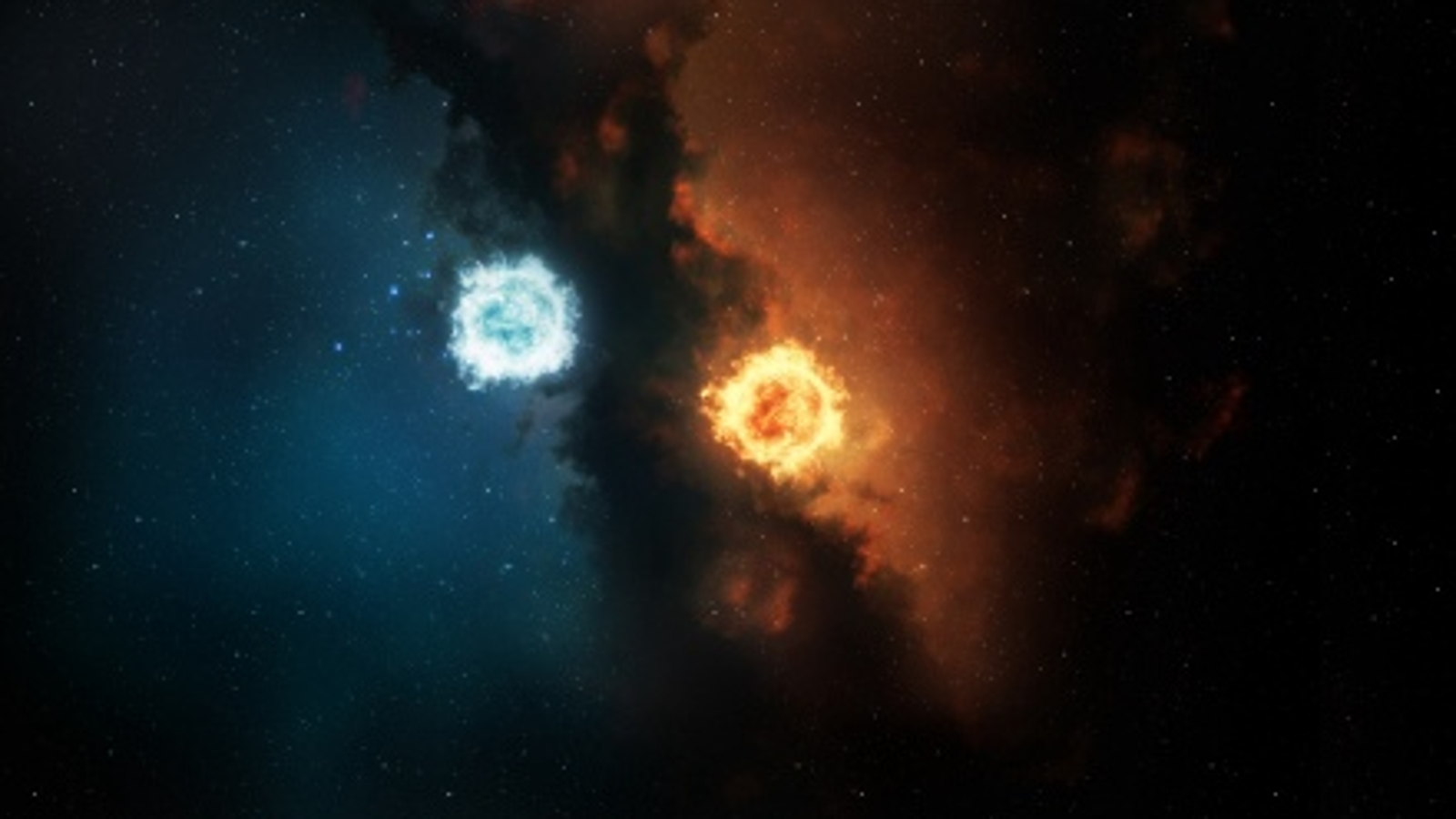

After roughly a tenth of a second, all of the antiprotons and antineutrons were gone. This happened first with the protons and neutrons because they are heavier and thus harder to produce than electrons and positrons. The equilibrium was broken, and annihilations began to outpace creation events. As the temperature decreased, the radiation became less intense, and creation of matter-antimatter particle pairs became less likely. However, everything in the early universe was subject to the effects of expansion and cooling.
Matter vs antimatter series#
This article comes directly from content in the video series The Big Bang and Beyond: Exploring the Early Universe. The annihilation and creation processes were in equilibrium, meaning the rate at which matter and antimatter was destroyed was equal to the rate at which it was created, so the amounts of matter and antimatter remained constant. But, at the same time, that intense radiation was constantly creating new matter and antimatter. Of course, the matter and antimatter were constantly annihilating, creating high-energy radiation. So, a hundred thousandth of a second after the big bang, the universe contained protons, antiprotons, neutrons, antineutrons, electrons, and positrons. At the same time that quarks combined into protons and neutrons, antiquarks combined into antiprotons and antineutrons. When the universe was initially filled with a dense collection of elementary particles, those particles included almost identical amounts of matter and antimatter. But once we produce antimatter, it only stays around for a fraction of a second before finding its matter counterpart and annihilating. A PET scan, which stands for Positron Emission Tomography, uses antimatter to scan for activity in different regions of the brain. We produce antimatter all the time in laboratories, and even in hospitals. In the reverse process, if you concentrate high-energy radiation in a small enough region, the energy of that radiation can create a particle-antiparticle pair, such as an electron and positron or a quark and antiquark. That’s because when a particle collides with its own antiparticle, the two can annihilate and release their energy, usually in the form of electromagnetic radiation. We don’t see naturally occurring antimatter around us. Collectively, these antiparticles are called antimatter. For example, electrons have negative charge, and their antiparticles, called positrons, have positive charge. Most particles have corresponding antiparticles with the same mass but opposite charge.

(Image: FlashMovie/Shutterstock) Antiparticles Why? When a particle collides with its own antiparticle, the two can annihilate and release their energy, usually in the form of electromagnetic radiation. However, after the formation of protons and neutrons, the next big change wasn’t about particles combining, instead particles were being destroyed. Journal reference: Nature, DOI: 10.By Gary Felder, Smith College A hundred thousandth of a second after the big bang, the universe contained protons, antiprotons, neutrons, antineutrons, electrons, and positrons. “If these hints of large CP violation turn out to be correct, there’s a good chance that the next generation of experiments will confirm it relatively soon, within the next 15 years or so.” “This is much more of a marathon kind of effort than a sprint, and this work represents an important first step,” says Blucher. The amount of CP violation will probably be found by neutrino experiments that are being worked on now, like the T2HK experiment in Japan or DUNE in the US. “If, in the end, this is not enough to produce matter-antimatter asymmetry, fine – it is still an important brick.” “Studying the universe is like building a building, so you have to understand and measure every brick,” says Sanchez. In particle physics, researchers usually require 99.99994 per cent confidence before they declare a finding certain.Īnd even if the oscillations do produce the maximum possible amount of CP violation, we’re not sure whether that would be enough to completely explain the imbalance between matter and antimatter. “The most probable solution is maximal CP violation, but we haven’t disproved all possible ways to get no CP violation,” says Sanchez. We aren’t yet entirely sure that neutrino oscillations violate CP symmetry, though. “This has been like a photographic image that’s been getting sharper and sharper over the last decade.” “The picture that’s in this paper has been emerging gradually,” says Edward Blucher at the University of Chicago. Over the past decade, hints of CP violation in T2K data have been slowly building.


 0 kommentar(er)
0 kommentar(er)
